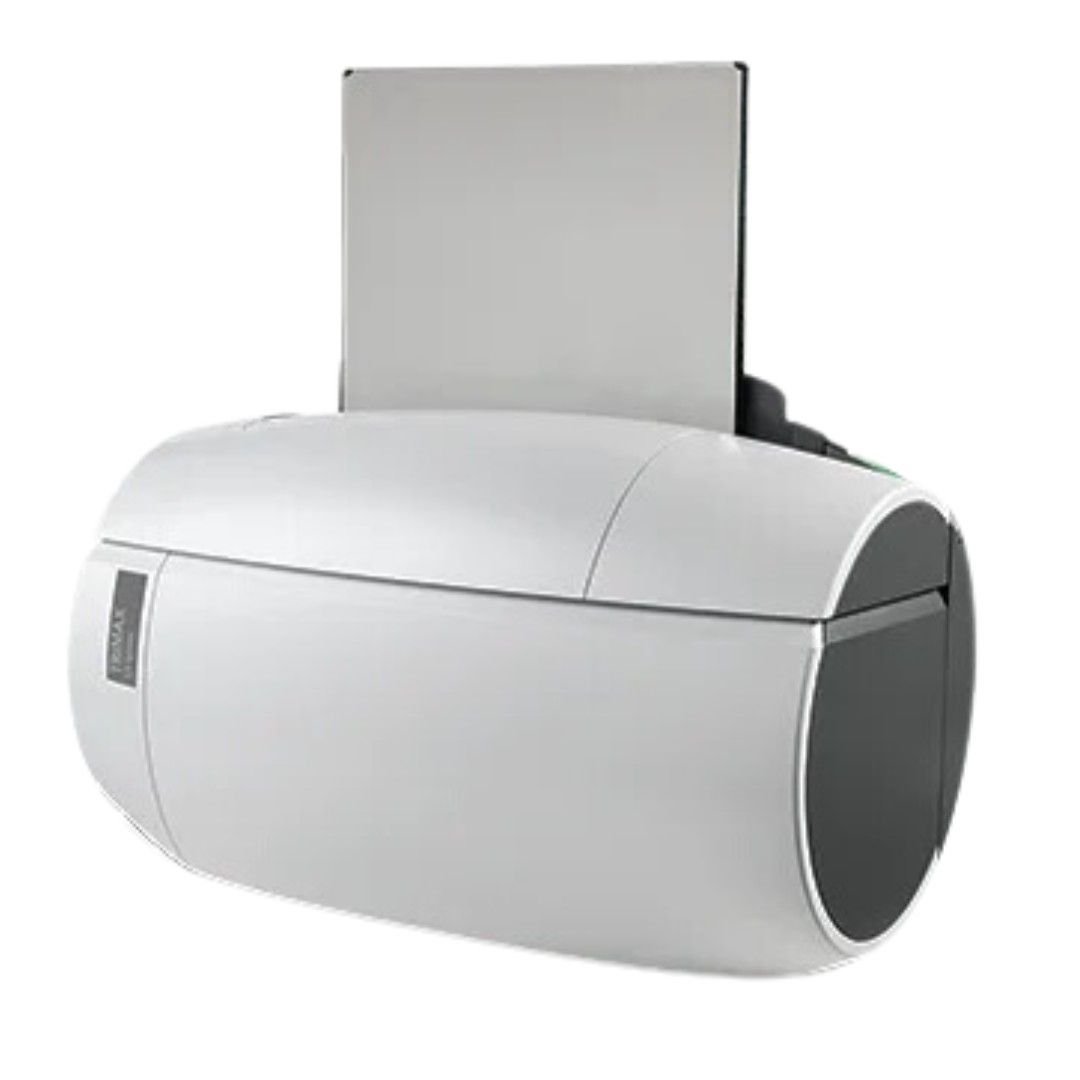Computed radiography (CR) systems have emerged as a valuable bridge between traditional film-based X-ray and advanced digital radiography (DR) technologies. They have enabled many medical facilities to step into digital imaging at a lower upfront cost while maintaining compatibility with existing X-ray equipment. Offering a balance of affordability, image quality, and workflow efficiency, CR systems cater to the needs of various B2B healthcare facilities. This comprehensive buying guide, meticulously crafted for global B2B buyers, delves into the intricacies of CR systems, empowering you to make informed choices that optimize your diagnostic imaging capabilities.
Understanding CR Systems and their Advantages
CR systems consist of reusable imaging plates coated with photostimulable luminescent phosphor (PSL). X-rays interact with the PSL, storing the captured image information. The plate is then scanned by a laser reader, converting the stored information into a high-resolution digital image for viewing and analysis. Compared to traditional film-based systems, CR systems offer several advantages:
- Improved Image Quality: CR systems provide superior image quality compared to film, with higher resolution, wider dynamic range, and reduced noise levels.
- Increased Efficiency: Digital images eliminate the need for film processing and chemical handling, streamlining workflows and reducing turnaround times.
- Reduced Radiation Dose: CR systems often require lower radiation doses than film-based systems to achieve similar image quality, potentially minimizing patient exposure.
- Cost-Effectiveness: While not as cost-effective as film in the initial investment, CR systems offer lower ongoing expenses due to the reusability of imaging plates.
- Environmental Sustainability: CR systems eliminate the use of processing chemicals associated with film, promoting a more eco-friendly approach.
How CR Systems Work
- Image Capture: CR systems use special imaging plates coated with photostimulable phosphor instead of traditional film. These plates capture the image when exposed to X-rays.
- Image Processing: After exposure, the imaging plate is scanned using a laser in a CR reader machine. The laser stimulates the phosphor particles, causing them to emit light. The emitted light is then detected and converted into an electrical signal.
- Digital Conversion: The electrical signals are digitized, creating a digital image. This digital image can be viewed on computer monitors, allowing for immediate examination and manipulation if necessary.
- Image Storage and Sharing: Digital images can be stored in digital archives and shared easily over networks, improving the efficiency of medical imaging workflows and enabling easier access for review and consultation.
Key Considerations for B2B Buyers of CR Systems
- Image Quality and Resolution: Prioritize CR systems that deliver high-resolution digital images with minimal artifacts and good dynamic range for accurate diagnosis.
- Imaging Plate Size and Compatibility: Select CR systems with imaging plates available in sizes that accommodate your desired examinations (e.g., chest X-rays, extremity imaging). Ensure compatibility with your existing X-ray equipment.
- Cassette Handling System: Evaluate the ease of use and efficiency of the cassette handling system, considering factors like loading, unloading, and automated transport mechanisms.
- Processing Speed and Throughput: Consider the image processing speed and overall system throughput to ensure it aligns with your facility’s workload demands.
- Connectivity and Integration: Ensure seamless integration of the CR system with your existing picture archiving and communication system (PACS) and imaging software for efficient image management and workflow.
- Durability and Reliability: Invest in CR systems designed for the demands of a busy radiology environment, offering reliable performance and minimizing downtime.
- Cost-Effectiveness: Evaluate the initial purchase price, ongoing maintenance costs, and potential cost savings associated with workflow efficiency and reduced radiation usage.
Additional Considerations for Global B2B Buyers
- Regulatory Landscape: Ensure the chosen CR system complies with relevant medical device regulations in your geographical location.
- Technical Support: Prioritize manufacturers with reliable technical support networks in your region for prompt troubleshooting and maintenance assistance.
- Service and Maintenance Contracts: Evaluate available service and maintenance contracts to ensure ongoing system performance and uptime.
Leading Computed Radiography (CR) System Manufacturers
Edusoft Healthcare Pvt Ltd
Introducing the TRIMAX CR System, a cutting-edge Computed Radiography solution tailored for facilities seeking streamlined operations and enhanced patient care. Engineered by Edusoft Healthcare Pvt Ltd, a renowned Indian medical company committed to innovation and affordability, this system promises high-quality digital imaging, elevating workflow efficiency. Its compact design ensures seamless integration into limited spaces, catering to facilities with spatial constraints, while its competitive pricing makes it accessible across diverse budgets.
The TRIMAX CR System offers unparalleled flexibility, accommodating various configurations to suit individual preferences and space requirements. Whether placed on tabletops, desktops, or even within mobile units, its adaptability ensures optimal functionality. With options for both horizontal and vertical positioning, facilities can tailor the system to their exact needs, ensuring maximum utility and convenience.
In conclusion, the CR system landscape offers a diverse range of options for B2B healthcare facilities seeking to optimize their digital imaging capabilities. By carefully considering image quality, workflow efficiency, cost-effectiveness, and your specific needs, you can leverage this buying guide as a roadmap for informed decision-making. Remember, consulting with radiologists and imaging technicians within your facility is crucial to ensure the chosen CR system aligns with your diagnostic imaging requirements and operational environment. With the right CR system in place, you can empower your team to deliver exceptional patient care while streamlining workflows and promoting a more efficient and eco-friendly approach to diagnostic imaging.
Disclaimer: This buying guide provides general information and should not replace professional advice and guidance.

